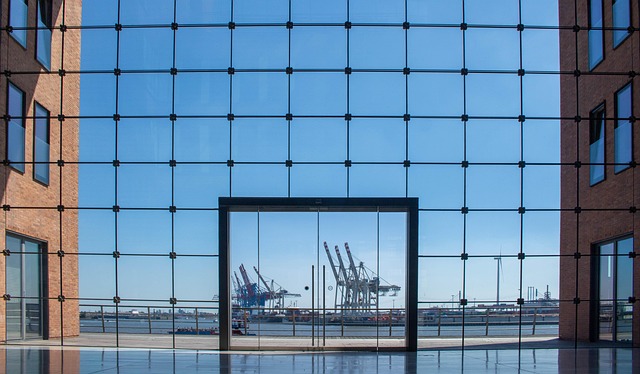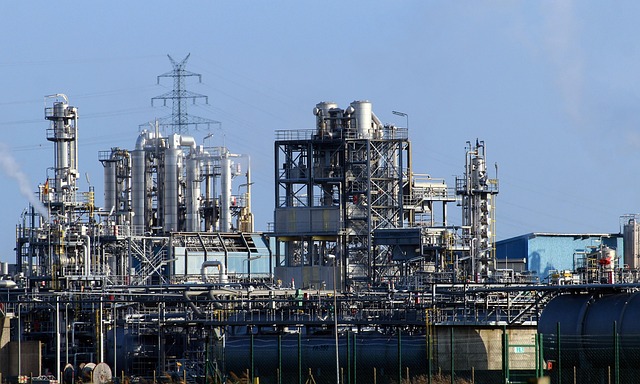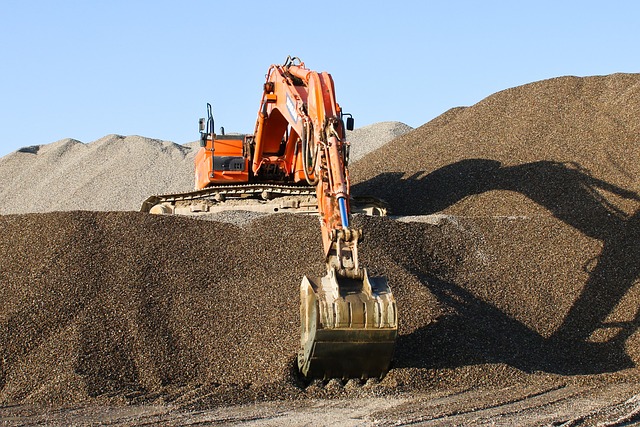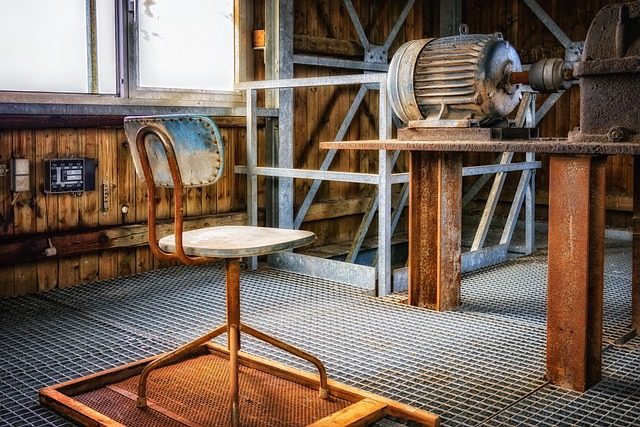Manufacturing facilities face unique real estate challenges due to specialized equipment, production flows, and safety requirements. Strategic planning is crucial for successful operations, involving location considerations near raw materials, suppliers, and transportation networks, as well as adherence to zoning regulations. The physical layout should include adequate clear height, loading docks, and specialized utilities, with flexible designs allowing for future expansion or reconfiguration. Space optimization through strategic production line design and lean manufacturing principles enhances operational efficiency, reduces waste, and minimizes accident risks, maximizing the utilization of available real estate.
Manufacturing facilities are more than just spaces; they’re intricate ecosystems demanding specialized features tailored to their unique operational needs. From vast floor plans to specific layout requirements, understanding these demands is crucial for optimal efficiency. This article delves into the critical real estate considerations shaping modern manufacturing spaces, exploring strategies to enhance operational excellence while optimizing every square meter. Leverage insights on real estate to revolutionize your facility’s performance.
Understanding the Unique Needs of Manufacturing Facilities

Manufacturing facilities, unlike traditional office spaces or retail stores, have distinct and specialized requirements when it comes to real estate. These needs are shaped by the intricate processes and equipment that drive their operations. Each manufacturing facility is unique, with specific layout demands dictated by the production flow and the nature of goods produced.
The real estate considerations for these facilities go beyond basic functionality. They must accommodate large machinery, incorporate safety features to mitigate risks associated with heavy-duty operations, and ensure efficient material handling and storage. Additionally, given the often demanding manufacturing schedules, optimal real estate planning includes strategies for maximizing space utilization while facilitating smooth workflow and minimizing downtime.
Key Real Estate Considerations for Specialized Manufacturing Spaces

When designing or sourcing specialized manufacturing spaces, real estate considerations are paramount. Location plays a pivotal role; proximity to raw materials, supplier hubs, and transportation networks can significantly impact operational efficiency and costs. Facilities should be situated in areas that offer easy access to key resources while adhering to zoning regulations for industrial use.
Additionally, the physical layout of the space itself is critical. Adequate clear height for machinery, ample loading docks for material handling, and specialized utilities like high-power electrical connections or specific cooling systems are essential features. Flexibility in design allows for future expansion or reconfiguration, ensuring the space can adapt to evolving manufacturing needs and technologies.
Strategies to Optimize Space and Enhance Operational Efficiency

In the realm of manufacturing, space optimization and operational efficiency go hand in hand. Facilities can maximize their real estate by implementing strategic layouts that streamline workflows. This involves carefully designing production lines to reduce waste and optimize material flow. For instance, arranging machinery in a logical sequence can minimize movement and enhance productivity.
Additionally, adopting lean manufacturing principles can significantly contribute to space optimization. By eliminating unnecessary steps and clutter, manufacturers can create a cleaner, more organized environment. This not only improves accessibility but also reduces the risk of accidents. As a result, operational efficiency is enhanced, enabling workers to focus on value-added tasks and boosting overall productivity.






